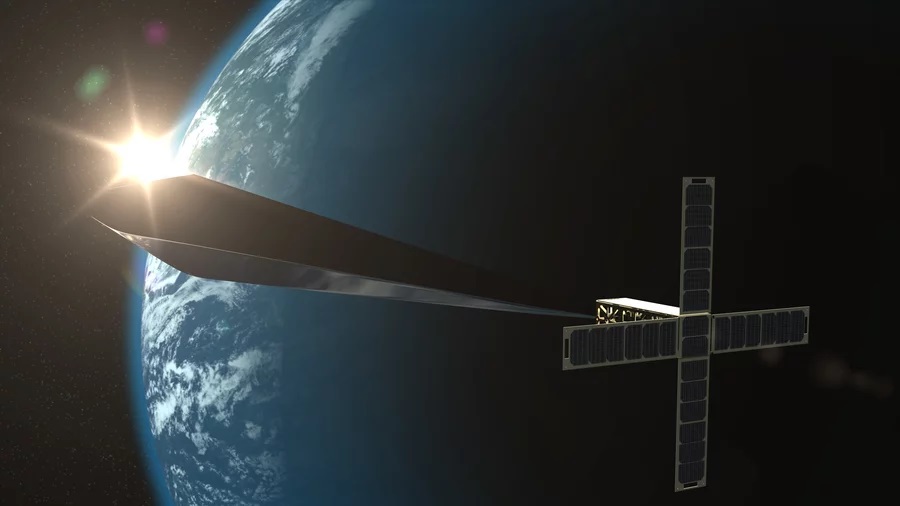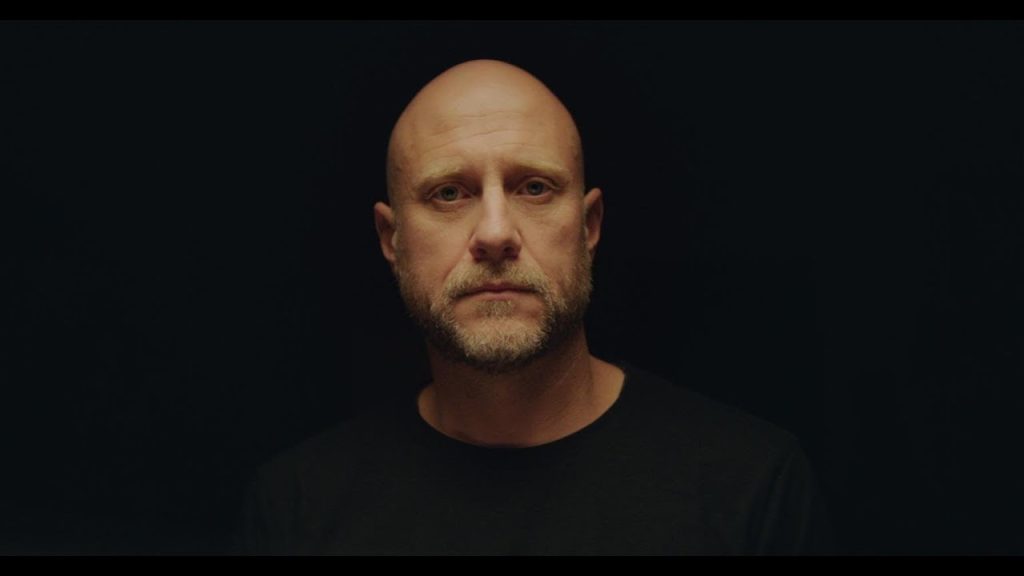Artist Trevor Paglen works in many media, including writing, engineering, investigative journalism, sculpture, and image production. Paglen was born in 1974 and is renowned for his research on data collection, government surveillance, and artificial intelligence applications.
In addition to participating in group exhibitions at the Metropolitan Museum of Art, the San Francisco Museum of Modern Art, the Tate Modern, and many other locations, Paglen’s work has had one-person exhibitions at the Smithsonian Museum of American Art, Washington, D.C.; Carnegie Museum of Art, Pittsburgh; Fondazione Prada, Milan; the Barbican Centre, London; Vienna Secession, Vienna; and Protocinema Istanbul. In partnership with Creative Time, Paglen has launched artwork in far-off Earth orbit. MIT also provided research and cinematography for the Academy Award–winning film Citizen Four and made a radioactive public sculpture for the Fukushima, Japan, exclusion zone.

Trevor Paglen/Courtesy of Nevada Museum of Art
“The Last Pictures,” a noteworthy undertaking of Paglen’s, entailed sending a time capsule containing pictures into orbit on the communications satellite EchoStar XVI. The images were designed to last beyond humankind and act as a documentation of our civilization. They were etched onto a silicon disc. Multimedia presentations, installation, and photography are frequently used in Paglen’s work. He is particularly interested in learning more about the hidden facets of modern life, like internet infrastructure, government monitoring systems, and classified military sites.
In artificial intelligence, military symbology, governmental secrecy, experimental geography, photography, and visuality, Paglen has authorized several publications and essays. The New York Times, the New Yorker, the Wall Street Journal, Wired, the Financial Times, Art Forum, and Aperture have all included profiles of Paglen’s work. He was honoured with the Pioneer Award from the Electronic Frontier Foundation in 2014 and the Deutsche Börse Photography Prize in 2016. In 2017, Paglen received the MacArthur Fellowship. Paglen graduated from U.C. Berkeley with a B.A., the Art Institute of Chicago with an MFA, and U.C. Berkeley with a Ph.D. in geography.
Art in the age of surveillance
One of his most important contributions is Paglen’s use of mass surveillance data to project the covert power and control structures that underpin modern society and encourage viewers to interact critically with the surveillance technologies that increasingly influence our lives. Discussions concerning the ethics of government surveillance programs, the trade-off between security and privacy, and the effects of living in a society where our conversations and movements are continuously tracked and recorded are sparked by his work.
Although Paglen views himself as a landscape artist, the landscape is artificial. The secret air bases and offshore prisons from which the war on terror has been waged, as well as the networks of data collection and surveillance that today shape our democracies, the cables, spy satellites, and artificial intelligence of the digital world, are just a few examples of the locations that art attempts to capture.
Ways of seeing are never purely aesthetic—there are always hidden assumptions and forms of power built into perception. As computer vision and artificial intelligence systems become ubiquitous, I have explored the assumptions built into these technical systems.- Trevor Paglen
Paglen creates strange and scary perspectives on the world around us by fusing the disciplines of art, science, and investigative journalism. He depicts the same horizon American photographers Timothy O’Sullivan and Ansel Adams saw in the eighteenth and twentieth centuries, drawing inspiration from the landscape tradition. The surveillance infrastructure, which includes drones, artificial intelligence (AI), tapped communications cables, secret military installations, spy satellites, and tapped drones, is only visible in Paglen’s photos.

Courtesy of Trevor Paglen and Nevada Museum of Art
Despite being aware that the US had established a covert military structure, Paglen attempts to fabricate locations, events, or even individuals.” His latest work ventures into the uncharted territory of artificial intelligence, departing from the digital realm. To repurpose it as an intelligence that only looks at photographs relating goods relevant to late-stage capitalism or Freudian psychoanalysis, Paglen has dismantled the Facebook intelligence that looks to scan our uploaded photos for evidence of what we wear and buy (to sell to advertisers).
He was following the artist’s solo exhibition, “Trevor Paglen: A Thousand Flowers”, which showcased pieces from multiple recent series delving into artificial intelligence and machine learning; focusing on the relationship between art and technology, Paglen’s work explores and examines the usage of technological systems that regulate and influence society while drawing inspiration from historical, conceptual art, minimalism, and naturalist traditions. He has recently focused on using artificial intelligence in data mining, predictive analytics, and machine learning, looking at various computer algorithms that gather and classify data.
Paglen has focused his investigation for the show on how artificial intelligence networks have been trained to perceive the environment by feeding them copious quantities of visual data that engineers have categorized into different sets known as “training sets.” Supervised training sets are sets of pre-existing images, sounds, and video libraries that teach computers how to recognize objects or other domain-specific information, such as the appearance of people.
Paglen’s “other night sky” serves as a shadow that serves as a reminder of the recent changes made to a democratic society and the culture of government secrecy, which have caused us to drift uncomfortably away from the democratic ideals upon which this nation was founded. As a result, it is similar to the early scientific work of empiricists like Galileo Galilei and Isaac Newton in both location and goal. These scientists, working against authoritarian institutions hundreds of years ago, turned to observable phenomena like the stars and planets in their search for the truth.
A Celebration of Popular Culture: 16 Artists Who Paved The Way For Pop Art





